Ming Tombs(Dingling)


 marcopolo@chinatoursnet.com
marcopolo@chinatoursnet.com
Home / China Tours/ Detail

Badaling Great Wall
.png)
.png)
11 Days China Tour of Beijing, Xian, Shanghai with Chinese Shaolin Kungfu
1 Person $2630 $ 2630
2 Person $1703 $ 1703
3 Person $1462 $ 1462
4 Person $1329 $ 1329
5 Person $1258 $ 1258
6 Person $1137 $ 1137
7 Person $1101 $ 1101
8 Person $1076 $ 1076
9 Person $1042 $ 1042
10 Person $973 $ 973
10> Person $973 $973

Travel personnel
Number of rooms
Total Price $0
00
:00
:00
:0
Our company offers you unforgettable travel at do not calculate the cost price, Please make sure to share our website and your travel videos and photos. Thank you
According to your travel date, No booking number of people limit, please click initiate group tour booking to waiting others join the tour, we will inform you by email of the finally number of people join the tour.
You can also choose your travel date according to our existing group tour, please click to join the tour.
We will charge you the lowest group price as a deposit, and the final price will be determined according to the number of group members.
The final payment will be paid before your departure date by Paypal or Credit Card.
This is the best way for you to save money and enjoy a pleasant China tour.
In order to form a group as soon as possible, please share this tour details to your circle of friends and social media.
If you are a travel expert or famous blogger, write 3 travel blogs for our website and travel video, share our travel to bring no less than 20 real registered traffic and can apply for our free group tour Excluding hotel expenses.
The number of members who complete the membership registration requirements within 24 hours can get free travel, which is invalid if it is out of time.
Highlights
This 11 days tour makes it possible for you to ingeniously visit the most famous areas in China. In Beijing, you see Tiananmen Square, Forbidden City, Temple of Heaven, Summer Palace, Badaling Great Wall and Hutong areas. In Luoyang, you explore the Mount Song, Shaolin Monastery, Longmen Grottoes and White Horse Temple. In Xian, you visit Xian City Wall, Terracotta Warriors, Great Wild Goose Pagoda, and Shaanxi History Museum. In modern Shanghai, you discover Yu Garden, Chenghuang Temple, Bund, Old Street, Bund and Nanjing Road. Besides, experience the rapid development of China by taking high-speed railway.
GUARANTEE OF SERVICE
.png) NO HIDDEN CHARGES
NO HIDDEN CHARGES
.png) BEST PRICE GUARANTEE
BEST PRICE GUARANTEE
.png) MONEY BACK GUARANTEE
MONEY BACK GUARANTEE
.png) PROFESSIONAL TOUR OPERATING TEAM
PROFESSIONAL TOUR OPERATING TEAM
Travel Map

Tour Itinerary
 Open All
Open All
Day 1 Arrival in Beijing
Airport-hotel Transfer
Upon arrival in Beijing, you will be greeted by local tour guide then be escorted to a hotel.
.png)
Day 2 Beijing
Tiananmen Square, Forbidden City, Temple of Heaven
Your tour kicks off with a visit to Tiananmen Square which is the world's largest urban square, then the Forbidden City which is the most complete ancient imperial palace in the world. In the afternoon, let's continue to visit the Temple of Heaven where Chinese emperors come to pray the good harvest twice a year, then stop in pearl factory for a short visit.
Note: Forbidden City requires visitors to provide a valid ID or passport for entrance check.
Scenic spots included in the itinerary
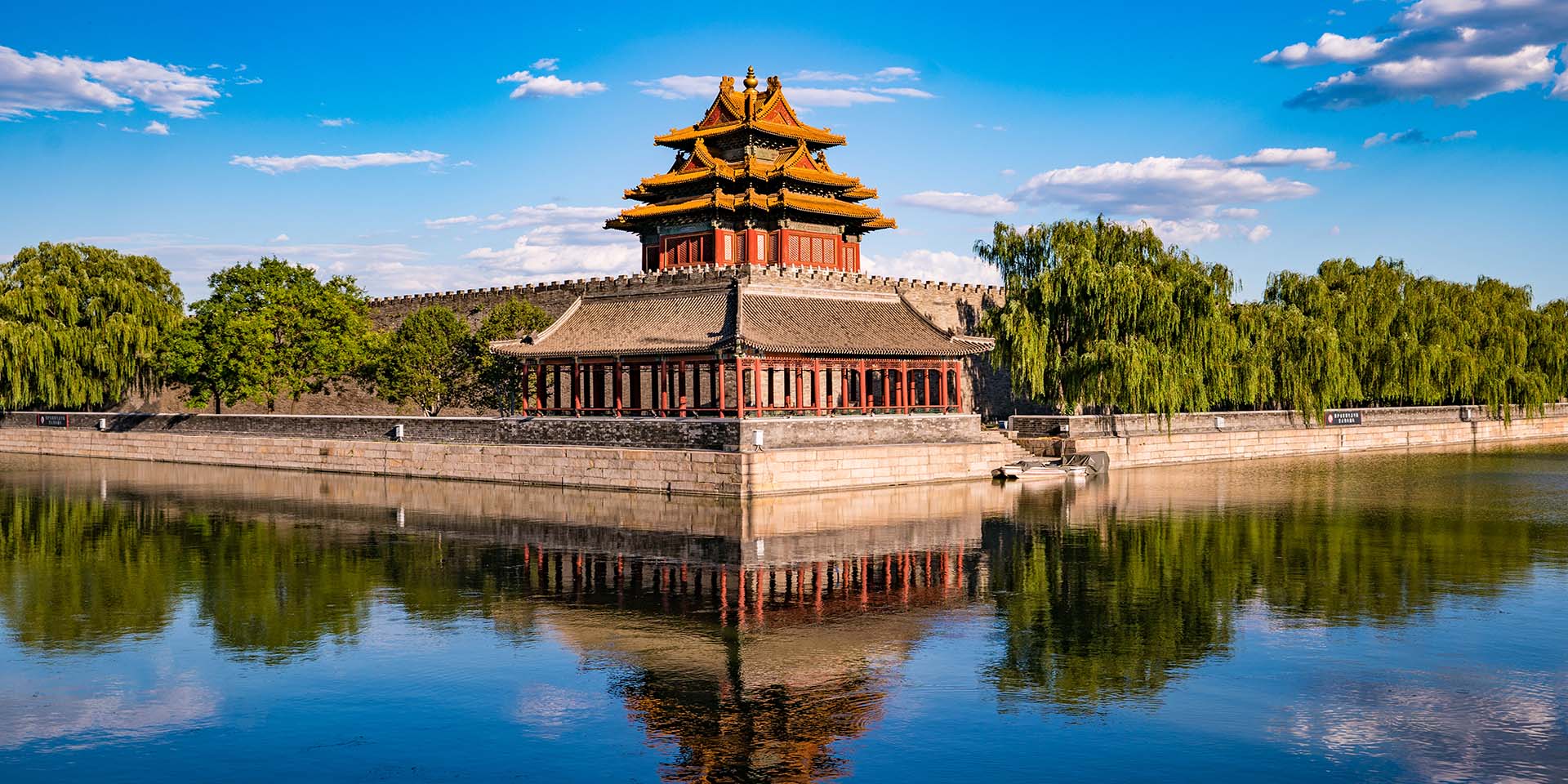
.png)
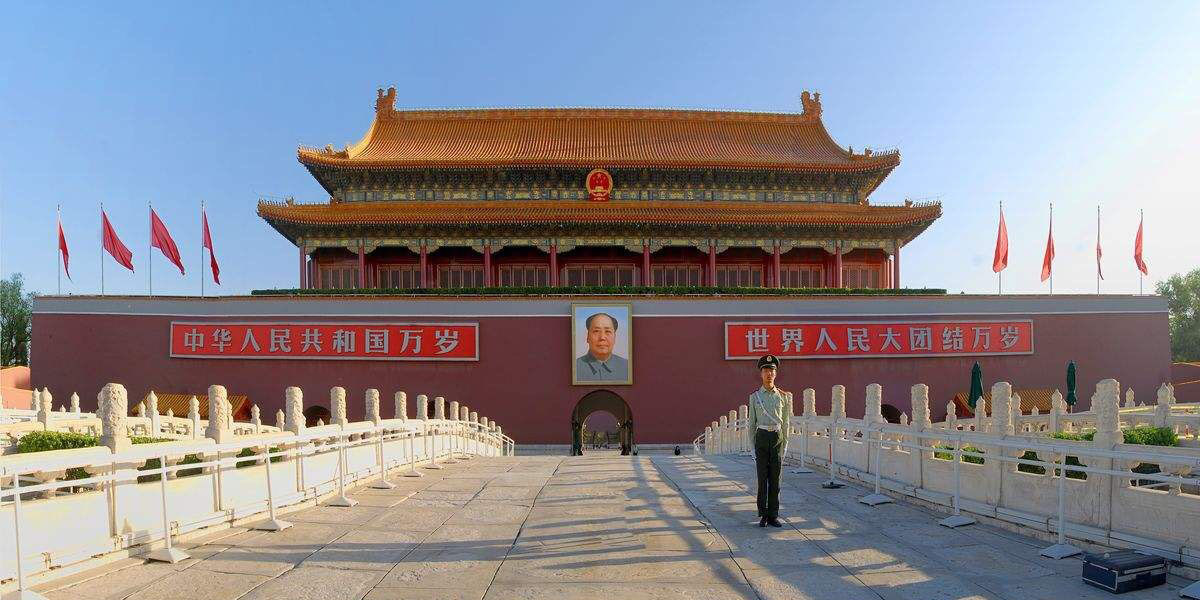
.png)
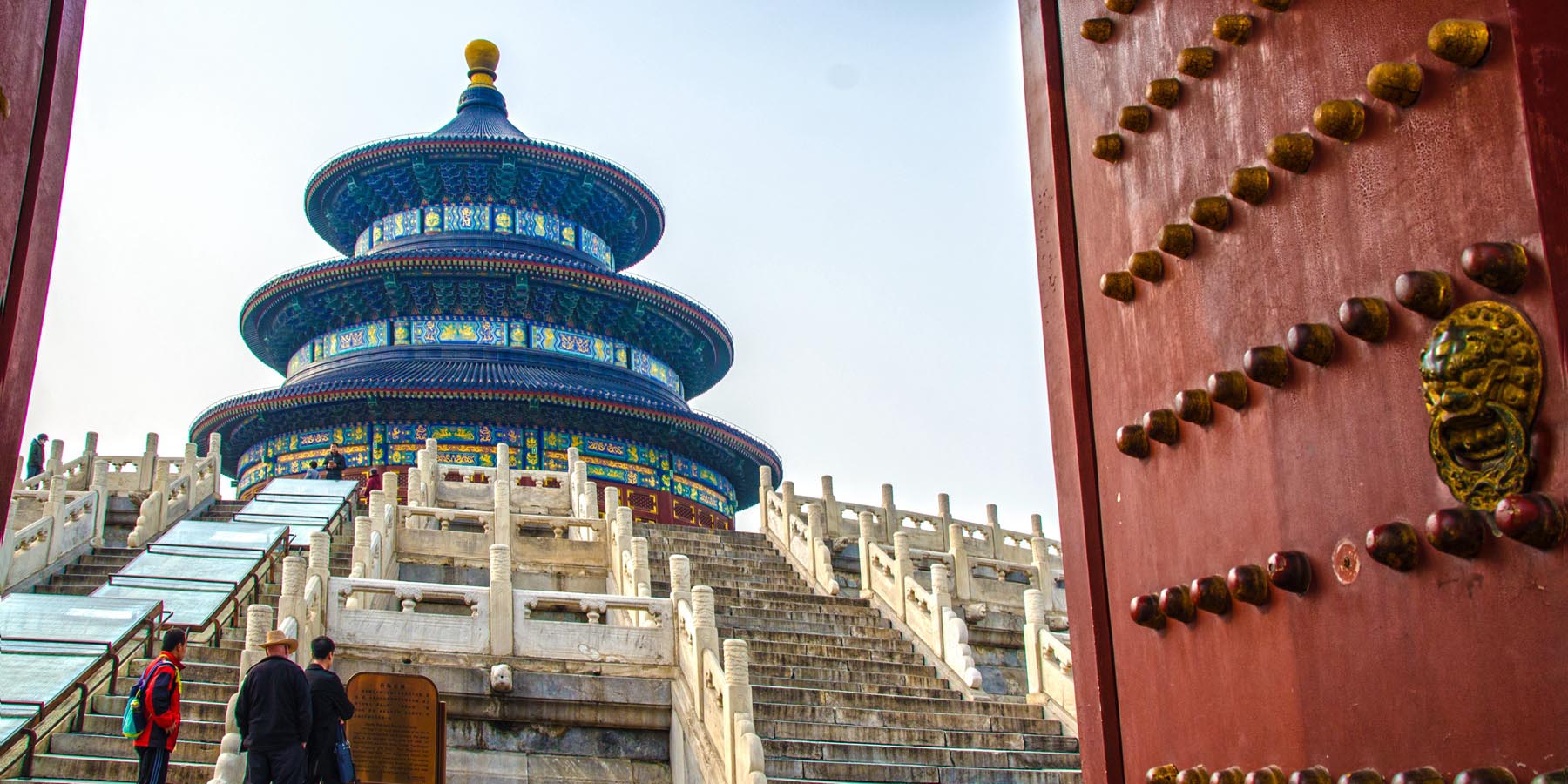
.png)
.png)
 Lunch
Lunch
Day 3 Beijing
Badaling Great Wall, Summer Palace
Today your highlight tour begins with a visit to Badaling Great Wall, which reputed as one of eight wonders of the world. A scenic cable ride enhances your view through the steep hills. Afterward visit a jade factory. In the afternoon, we'll continue to visit the Summer Palace, take a leisurely stroll admiring the thousands of ancient murals along the Long Corridor.
Scenic spots included in the itinerary
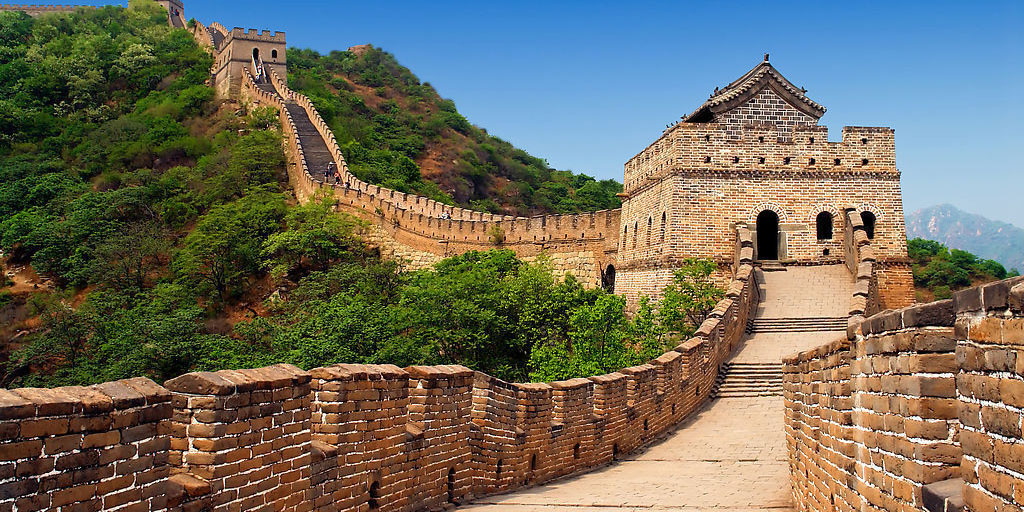
.png)

.png)
.png)
 Lunch
Lunch
Day 4 Beijing-Luoyang by Bullet Train
Lama Temple, Hutong
In the morning, visit the famous Lama Temple in Beijing, and you'll amaze at the biggest wooden Buddhist figure. Later, take a pedicab on a Hutong browsing through the ancient parts of the city, visit a courtyard and enjoy homemade lunch. Then you'll be transferred to train station to Luoyang, Henan Province. On arrival, you will meet a local tour guide and be escorted to the hotel.
Scenic spots included in the itinerary
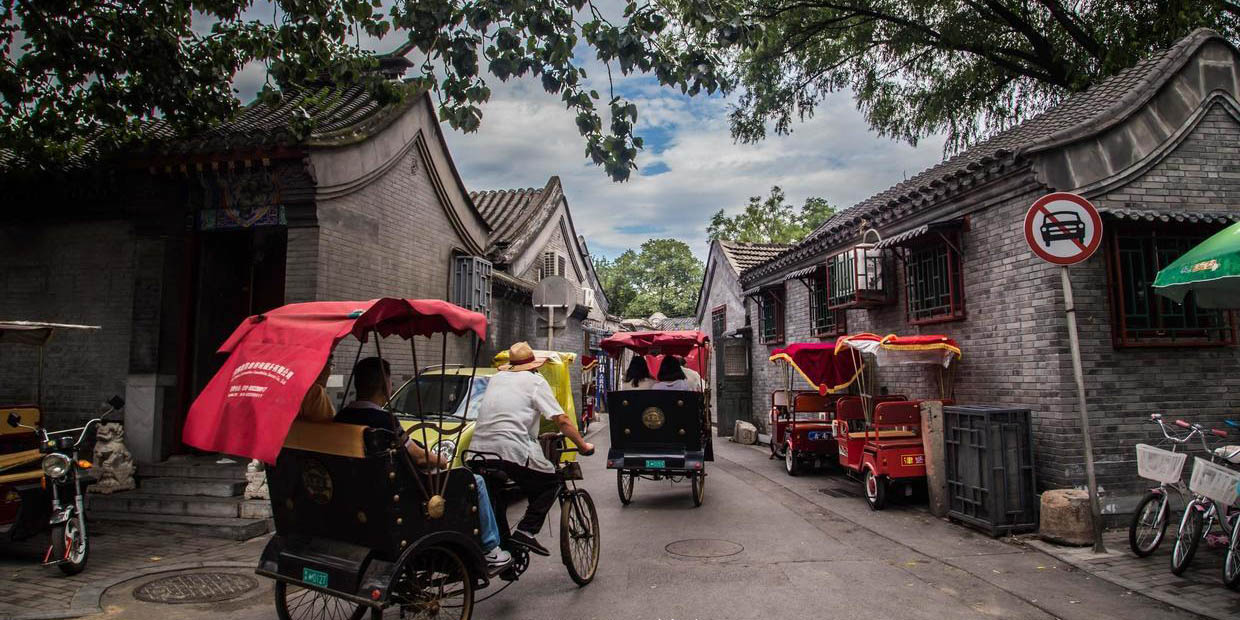
.png)
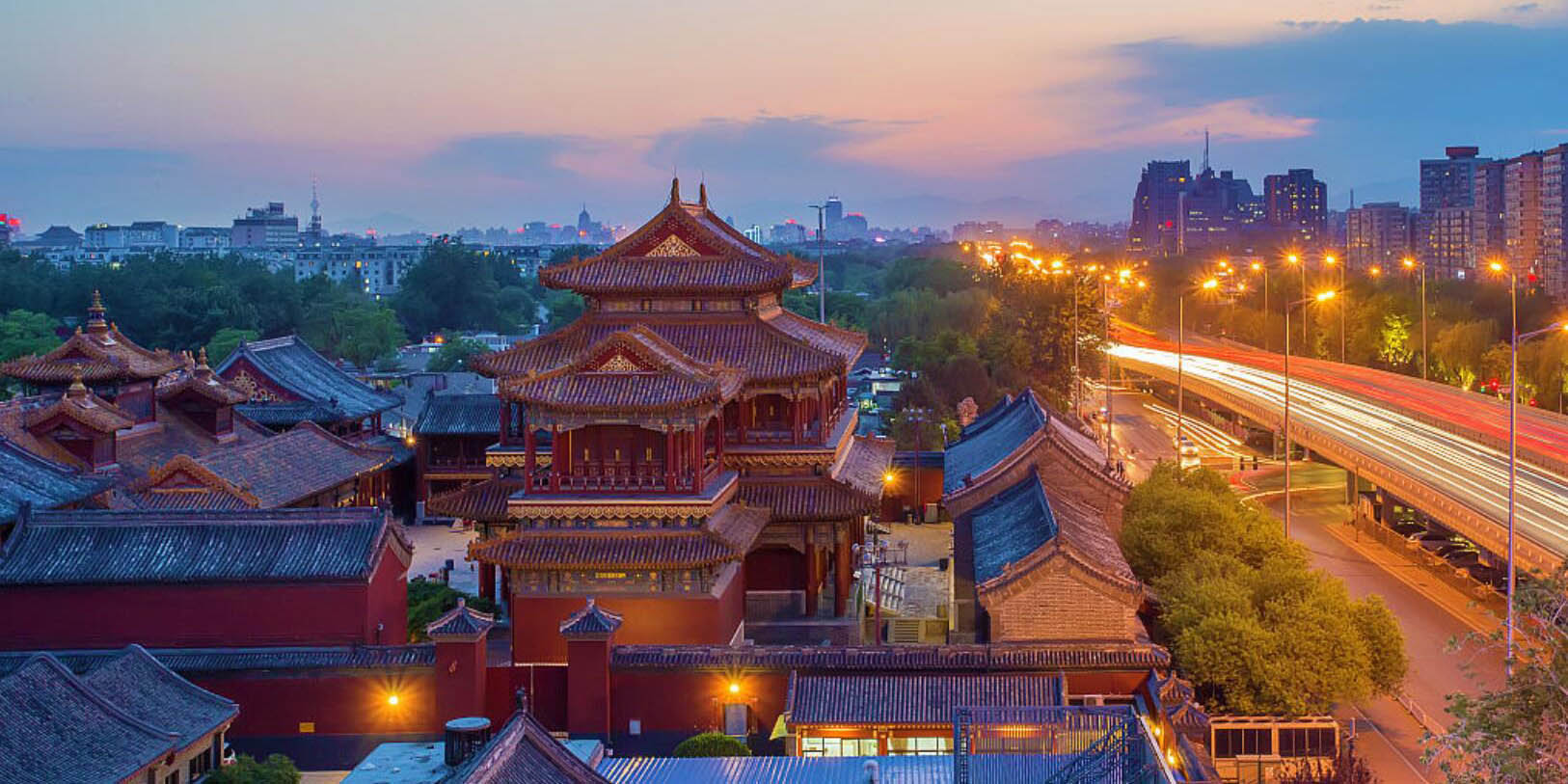
.png)
.png)
 Lunch
Lunch
Day 5 Luoyang-Dengfeng-Luoyang by Private Vehicle
Mount Song, Shaolin Monastery, Kungfu Performance, Pagoda Forest
After refreshing up, then take a visit to Mount Song, the highest mountain of the five famous mountains in China. Visit Shaolin Monastery and enjoy exciting Kungfu performance. Later visit Pagoda Forest, the biggest eminent monks' tomb and well-preserved ancient pagoda forest. Afterward return to Luoyang.
Scenic spots included in the itinerary

.png)

.png)
.png)
 Lunch
Lunch
Day 6 Luoyang
Longmen Grottoes, White Horse Temple
Visit Longmen Grottoes which is one of the three most famous ancient sculptural sites in China. Take note of the Buddhist art present on the major caves with a blend of inscriptions and sculptures. Afterward continue to visit the White Horse Temple that is honored as the cradle of Buddhism in China.
Scenic spots included in the itinerary

.png)

.png)
.png)
 Lunch
Lunch
Day 7 Luoyang-Xi'an by Bullet Train
Xi'an City Wall, Muslim Street, Big Wild Goose Pagoda
This morning board the train to Xi'an (about 2 hours). Upon arrival, meet local tour guide then move to visit Xian City Wall, a symbol of ancient Xi'an, you can try to ride a bicycle and experience this old-centuries building. After enjoying delicious lunch at bustling Muslim Street. Later, visit Big Wild Goose Pagoda, which holds sutras and figurines of the Buddha that were brought to China from India by the famous Buddhist monk Xuanzang. At last, check in the local hotel.
Scenic spots included in the itinerary
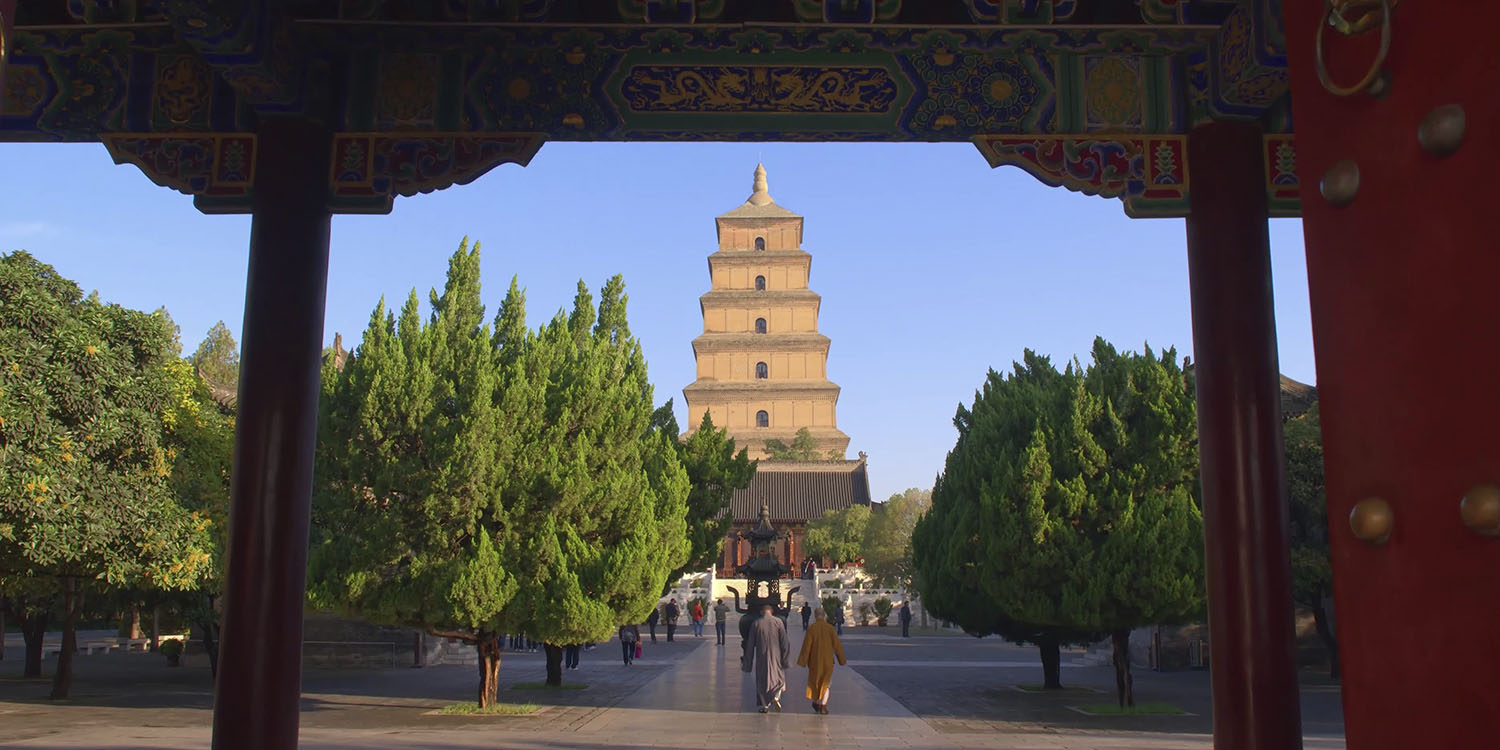
.png)
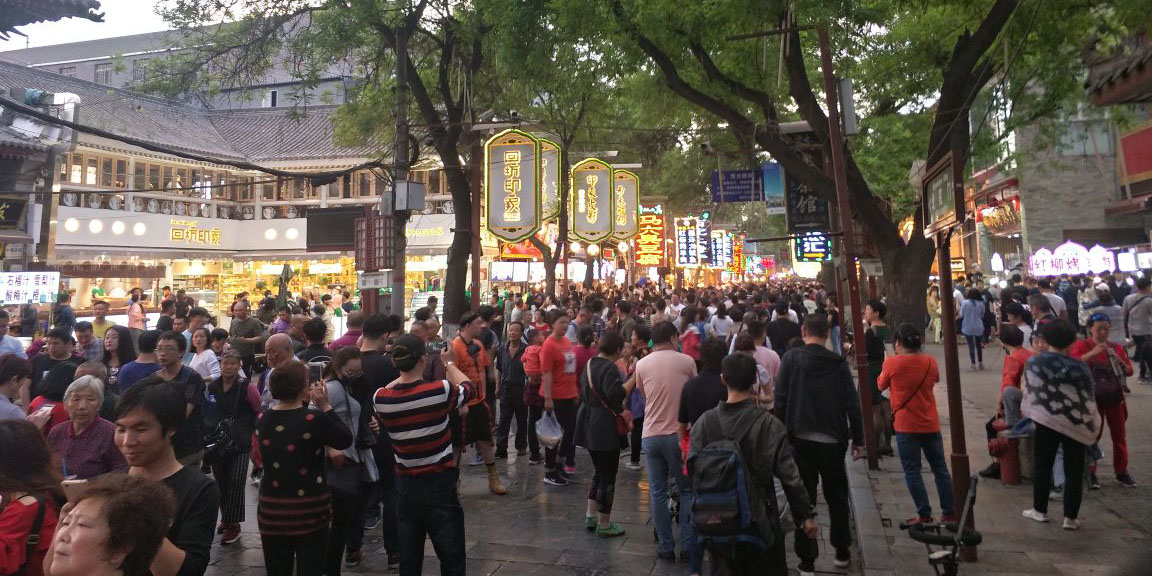
.png)
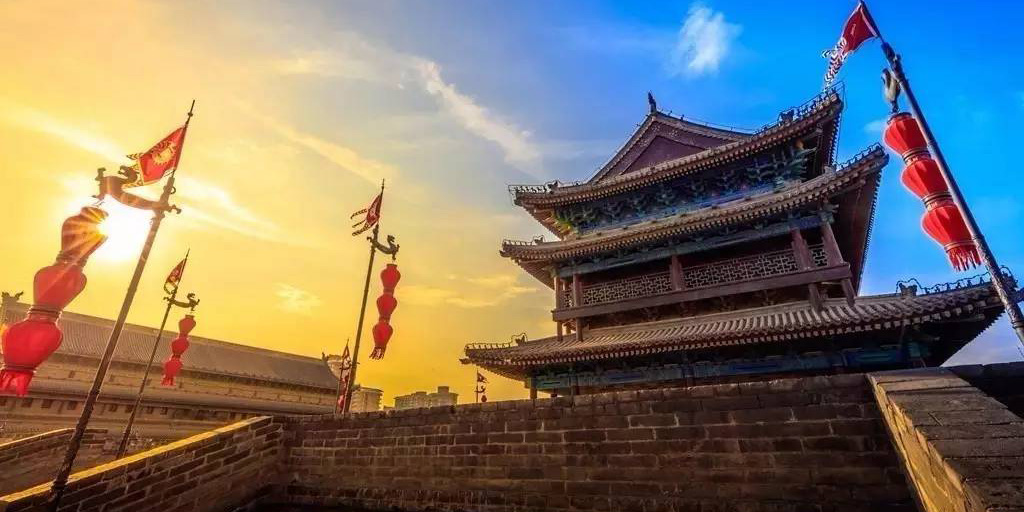
.png)
.png)
 Lunch
Lunch
Day 8 Xi'an
Terracotta Warriors, Huaqing Hot Spring
Today's highlight is a visit to the archaeological museum, home to an army of more than 6, 000 life-size Terracotta Warriors excavated from the tomb of the 1st emperor of the Qin Dynasty, on the way back to downtown have a stop at Huaqing Hot Spring you'll hear the romantic but sad story for emperor Xuanzong and his beautiful concubine Yang Yuhuan.
Scenic spots included in the itinerary

.png)
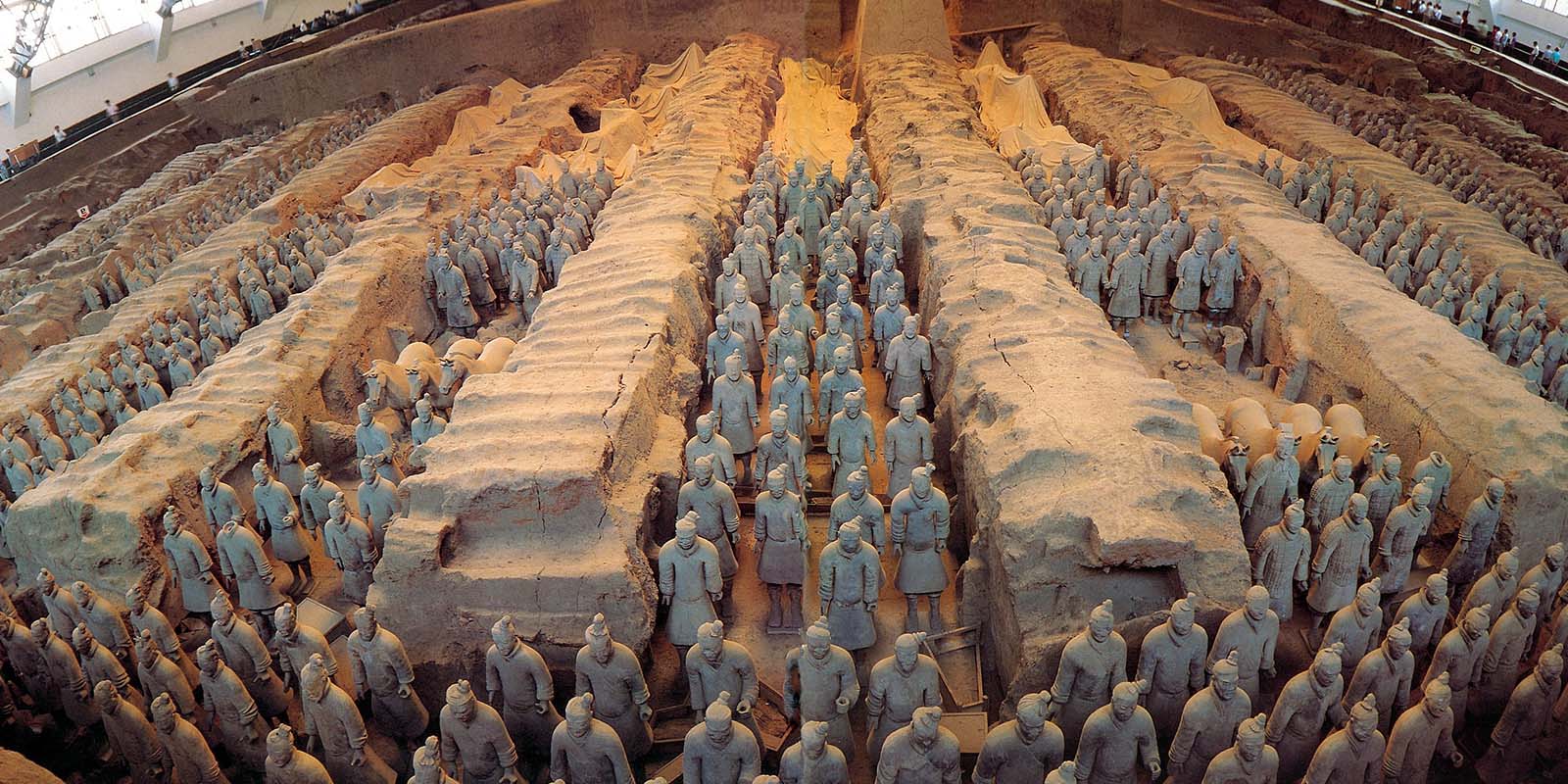
.png)
.png)
 Lunch
Lunch
Day 9 Xi'an-Shanghai by Flight
Shaanxi History Museum
In the morning, take you to visit the Shaanxi History Museum, one of the largest state museums with modern facilities in China. After enjoying delicious lunch, you will fly to Shanghai, the "Paris of the Orient".
Scenic spots included in the itinerary
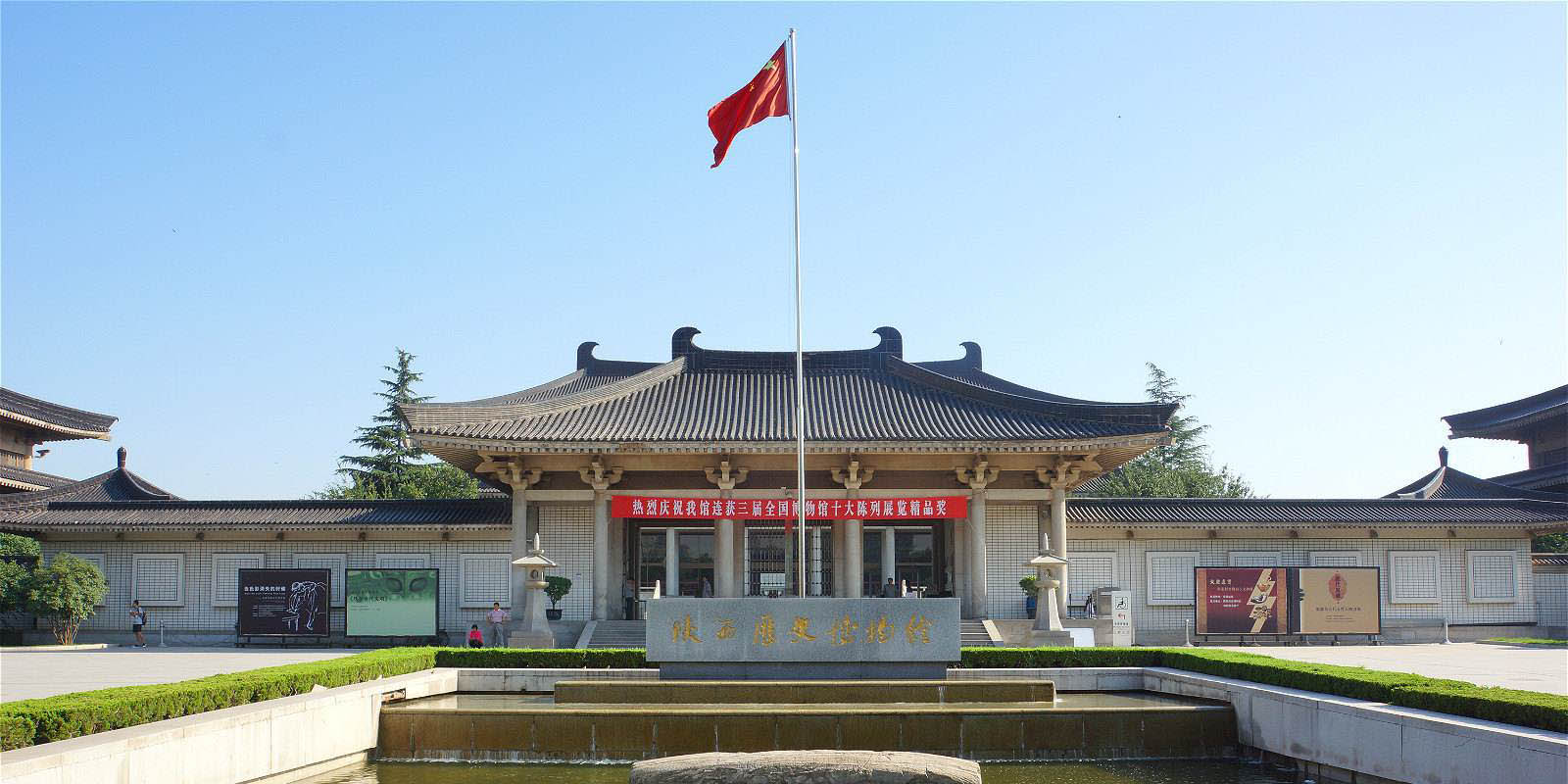
.png)
.png)
 Lunch
Lunch
Day 10 Shanghai
Yu Garden, City God Temple Bazaar, Old Street, Bund, Huangpu River, Nanjing Road
Start your morning with a visit to the Yu Garden, famous for its rock gardens, pavilions, halls and ponds. Afterwards visit City God Temple Bazaar, the shops filled with all manner of interesting curios. After lunch, continue your visit stopping at the Old Street and then stroll along the Bund to appreciate towering modern buildings and unique international architecture exhibition group as well as rolling Huangpu River. At last, go to Nanjing Road to seek your favorite brand and experience the economic pulse of modern Shanghai.
Scenic spots included in the itinerary

.png)
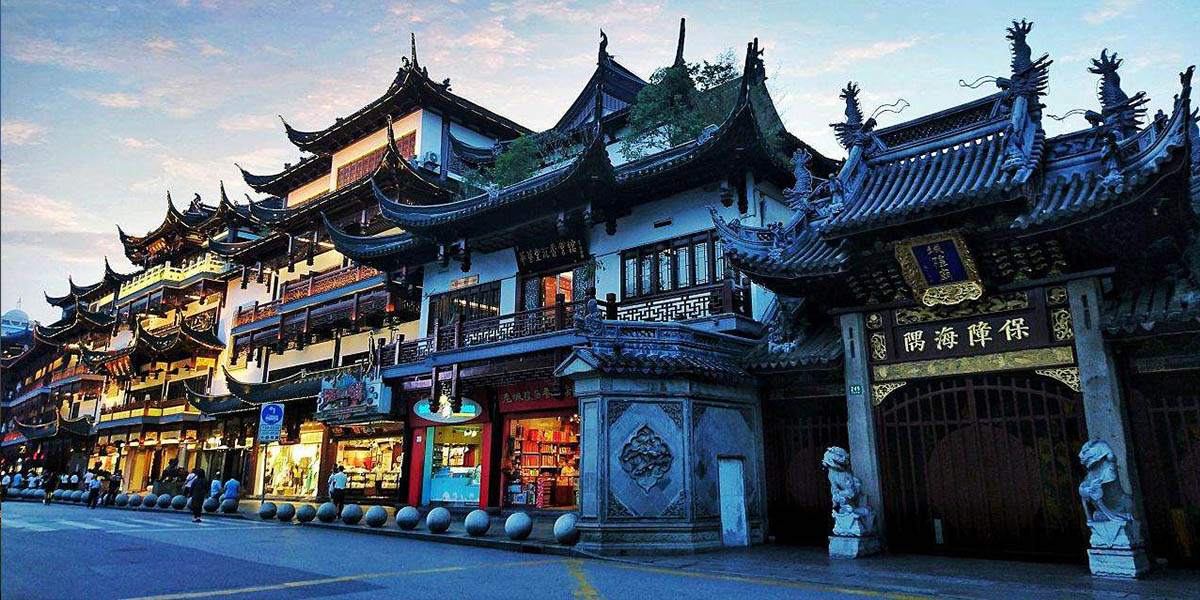
.png)
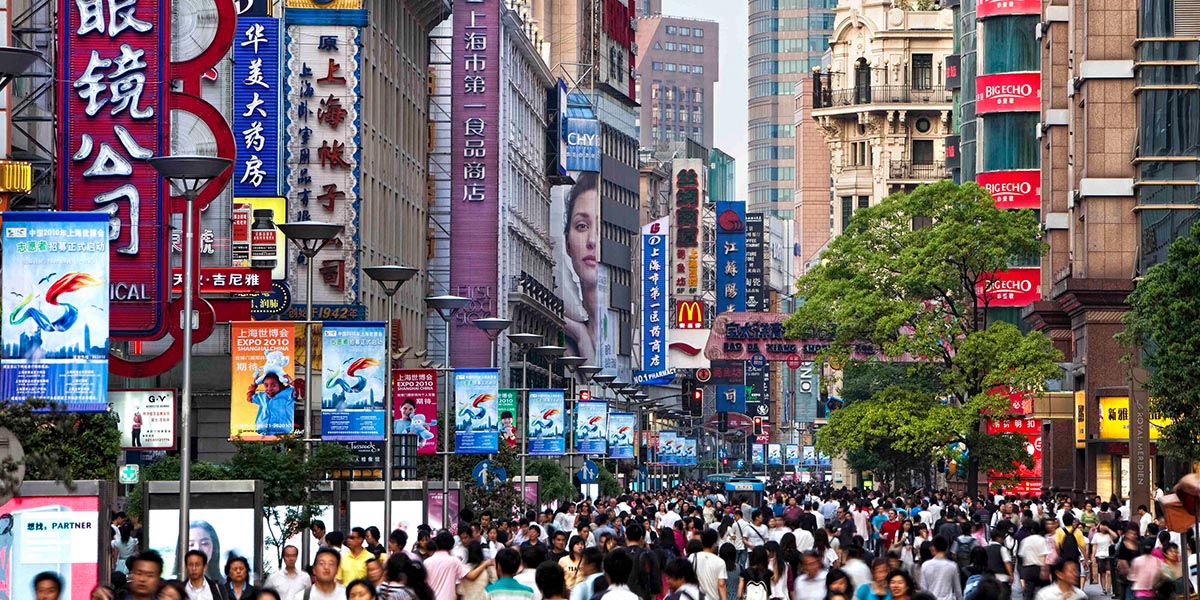
.png)
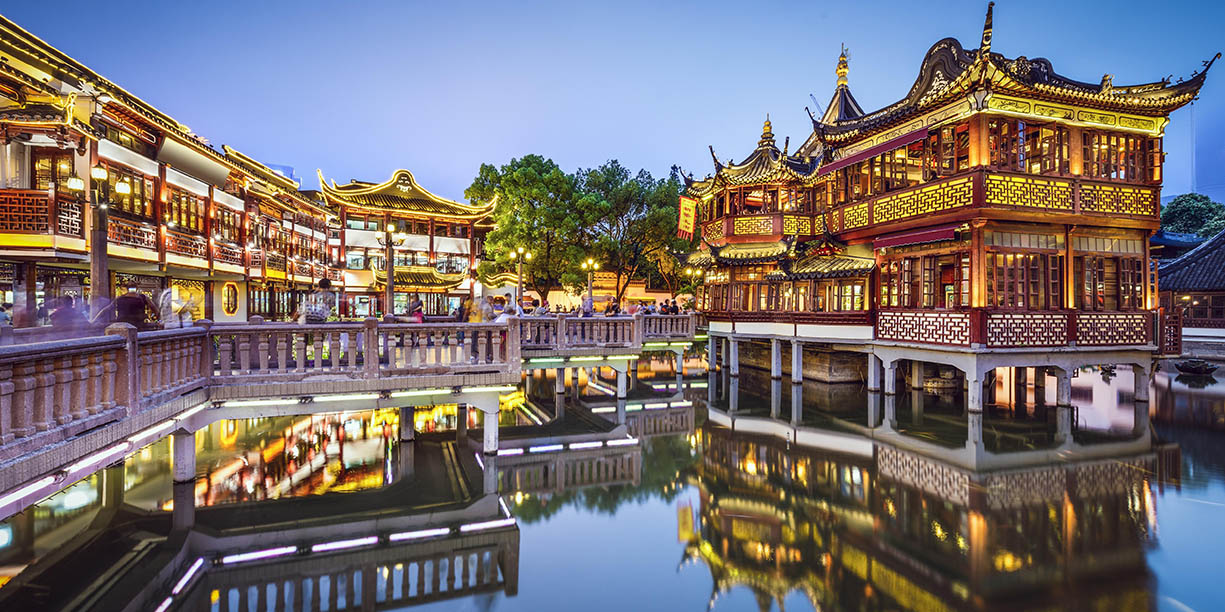
.png)
.png)
 Lunch
Lunch
Day 11 Departure from Shanghai
Airport Transfer & Farewell
Farewell to Shanghai. Transfer to the airport for your flight.
.png)
Hotel Location
5 Star Hotel
4 Star Hotel
3 Star Hotel
Dexule Suite
Hotel Position : Plaza del Angel, 12, 08002 Barcelona, Spain
Opened:2000
Number of rooms:108
Postcode:100007
Redecorated:2017
The Ping'anfu Hotel (Ping'anfu Binguan) is a luxury hotel located in the hustle and bustle of the city center. It is only 4 kilometers from the railway station and 28 kilometers from the airport. This hotel provide comfortable rooms, ranging from standard doubles to deluxe suites. Facilities in rooms include international direct dial telephones, satellite televisions, central air conditioning and mini bars. Room service is available on request. Guests of the hotel will also have the chance to relax in the sauna and massage center. The hotel has numerous restaurants, mostly serving Chinese cuisine.
Check-in & Check-out
Check-in from 14:00
Check-out before 12:00
Smoking is now strictly prohibited within all public and enclosed spaces in Beijing. This hotel will NOT offer smoking rooms.
Opened:2000
Number of rooms:108
Postcode:100007
Redecorated:2017
Price Includes
.png) Admission tickets
Admission tickets
.png) Meals as listed in the itinerary
Meals as listed in the itinerary
.png) English speaking tour guide & experienced driver
English speaking tour guide & experienced driver
.png) A bottle of water per person per day
A bottle of water per person per day
.png) Second class high-speed train ticket(Beijing-Luoyang, Luoyang-Xi'an)
Second class high-speed train ticket(Beijing-Luoyang, Luoyang-Xi'an)
.png) Flight economic class tickets from Xi'an to Shanghai
Flight economic class tickets from Xi'an to Shanghai
.png) Pedicab
Pedicab
.png) VIP access to the Forbidden City
VIP access to the Forbidden City
.png) Airport/railway transfer as describedHotels(if selected)
Airport/railway transfer as describedHotels(if selected)
Excludes
.png) Tips for the guide and driver
Tips for the guide and driver
.png) International airfares
International airfares
.png) Cable car
Cable car
.png) Bicycle rental fee
Bicycle rental fee
Add Product
It must be clearly understood that enjoying these extras is your own decision. They are not included in the itinerary or tour price, so you will need to pay separately. The ticket price depends on seating. Ask your guide to book tickets if you want to see any of the following.
Ming Tombs(Dingling)
Chinese Kungfu Show
Peking Roast Duck
Xian Great Mosque
Xian Bell Tower and Drum Tower
The Tang Dynasty Show
Oriental Pearl Tower
Huangpu River Cruise
Shanghai Acrobatic Show

 chinatoursnet
chinatoursnet
benniejay

mirceao455
Bucharest, Romania
2funworldtravers
pedro148595
Mdezarraga2

stevensE4605SC
Durban, South Africa

NYCfoodiegirl
New York, NY

NancyVaB
aklein729
Sreesagubadi
valsayn, Trinidad and Tobago
Booking Note
How to Book?
1. You can book online directly or send email to marcopolo@chinatoursnet.com
2. The personal information you filled in at the time of booking must be exactly the same as your passport. ChinaToursNet will not refund any losses due to missing or incorrect information.
3. Confirmation will be received at the time of booking.
4. Vegetarian option is available, please advise at time of booking if required.
5. We accept Credit Card, PayPal and bank transfer.
6. The schedule can be adjusted by your tour guide due to the actual traffic condition.
7. Child definition: Child taller than 1.1 meters will be charged full price, child smaller than 1.1 meters will be charged half price.
Cancellation Policy:
If you cancel at least 30 day(s) in advance of the scheduled departure, there is no cancellation fee.
If you cancel between 20 and 15 day(s) in advance of the scheduled departure, there is a 50 percent cancellation fee.
If you cancel within 15 day(s) of the scheduled departure, there is a 100 percent cancellation fee.
Hotel, Air tickets, Train tickets, Insurance and Card fees are not refundable.
.png) Tour Code: A0122
Tour Code: A0122
.png) Duration: 11days
Duration: 11days
.png) Departure date: Everyday
Departure date: Everyday
.png)
.png)
.png)
.png)
 marcopolo@chinatoursnet.com
marcopolo@chinatoursnet.com


Phone:+86-13683536536
WhatsApp/iMessage:+86-13683536536
WeChat:chinatoursnet
Acrobatics

Total Price:
$